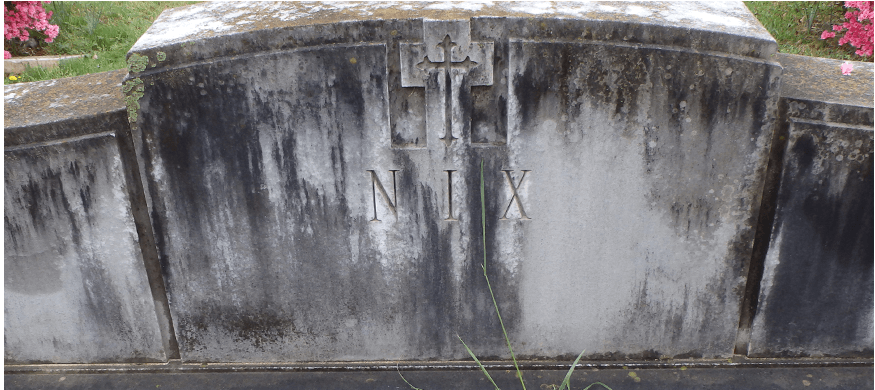Granite monuments and grave monuments have long been a symbol of remembrance and respect for our departed loved ones. Their enduring beauty and longevity make them a popular choice for tombstone suppliers and individuals alike. However, one common issue that many people encounter with granite headstones is the gradual blackening of the stone’s surface. In this article, we will delve into the causes of this phenomenon and provide practical solutions for maintaining the pristine appearance of your funeral monuments.
Causes of Granite Headstones Turning Black
- Natural Weathering: Granite is a natural stone that is exposed to the elements year-round. Rain, wind, and sunlight can all contribute to the erosion and staining of the stone’s surface over time.
- Lichen and Moss Growth: The porous nature of granite makes it susceptible to the growth of lichen, moss, and algae. These organisms thrive in damp, shaded areas and can gradually discolor the stone.
- Air Pollution: Urban areas, in particular, are rife with air pollutants that can settle on granite headstones. Sulfur dioxide and other airborne chemicals can react with the minerals in the stone, leading to blackening.
- Biological Stains: Birds, insects, and other animals can leave behind biological residues that contribute to staining. Bird droppings, in particular, are acidic and can be particularly damaging to the surface of granite.

Solutions to Prevent Blackening of Granite Headstones
- Regular Cleaning: The most effective way to prevent blackening is to clean the granite monument or headstone regularly. Use a soft brush, mild detergent, and water to gently scrub away dirt and biological stains. Avoid abrasive materials or harsh chemicals that can damage the stone.
- Biocide Treatment: Applying a biocide treatment to the granite surface can inhibit the growth of lichen, moss, and algae. Tombstone suppliers often offer such products. Follow the manufacturer’s instructions for safe and effective use.
- Sealing the Surface: Applying a high-quality sealant can create a protective barrier on the granite, preventing moisture and pollutants from penetrating the stone. This is a crucial step that can significantly prolong the life of the monument.
- Professional Cleaning: For older grave monuments that have developed severe staining, consider enlisting the services of a professional monument or headstone restoration expert. They have the tools and expertise to safely and effectively remove deep stains without harming the stone.
- Shelter and Positioning: Placing the granite headstone in a sheltered area or ensuring that it receives adequate sunlight can help prevent the growth of lichen and moss. Proper positioning can also reduce the impact of air pollution.
Conclusion
Granite headstones are cherished symbols of remembrance, but they can lose their luster over time due to various factors. Understanding the causes of blackening and implementing appropriate solutions can help preserve the beauty and integrity of these funeral monuments. Whether it’s regular cleaning, biocide treatments, sealants, or professional restoration, taking proactive steps can ensure that your granite monument stands as a lasting tribute to your loved ones for generations to come.
Incorporating these practices into your memorial maintenance routine will not only enhance the aesthetics but also reflect the enduring respect and love you hold for those who have passed away.


